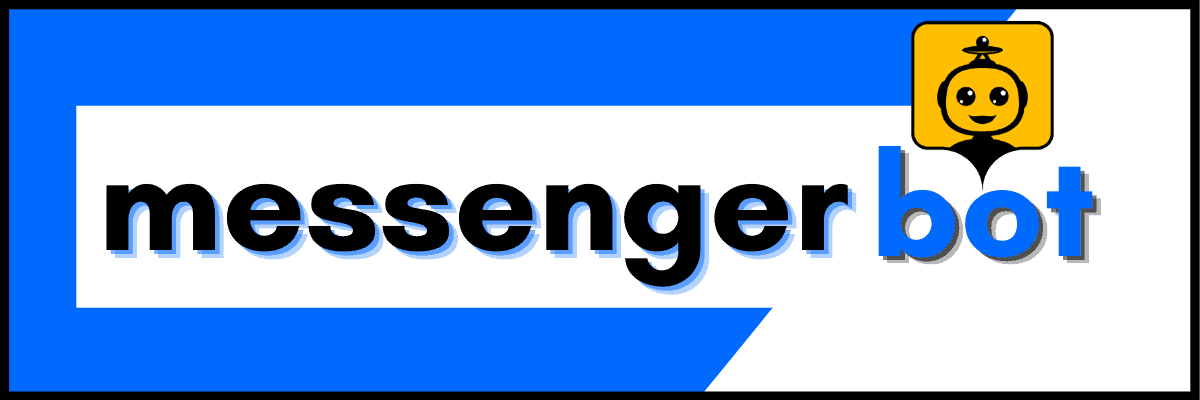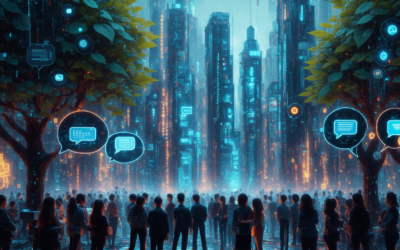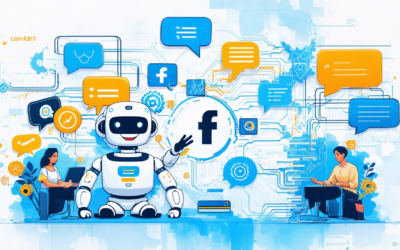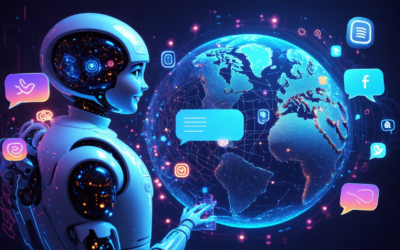In an interconnected world bound by the threads of language, the advent of multilingual messenger bots stands as a testament to the power of inclusive technology. As businesses and individuals alike grapple with the quest to cultivate meaningful relationships across the globe, the question arises: how can you harness the abilities of these digital linguists to make your chatbot an articulate polyglot? Whether you’re curious if users find solace in code-mixed conversations, or pondering whether these intelligent bots can serve as your personal translator, we venture into the mechanics of chatbots that not only ‘speak’ multiple languages but can craft messages worthy of a native speaker. So if you’re ready to dismantle language barriers and embrace the vast expanse of a multilingual audience, let’s explore how multilingual chatbots are weaving a world where every keystroke resonates with universal understanding.
How do I make my chatbot multilingual?
Gone are the days when chatbots could only communicate in a single language. To create a multilingual chatbot, you need a platform designed with global reach in mind. Messenger Bot allows you to achieve this with simple, yet powerful integrations – no coding knowledge needed.
Here’s how to get started:
- Define your target languages and use automated translation tools within the bot platform.
- Opt for a platform that supports NLP (Natural Language Processing) for understanding different dialects and slangs.
- Customize your scripts to cater to cultural nuances to avoid literal translations that don’t fit the cultural context.
- Regularly update the bot with new content in all languages to maintain relevance and accuracy.
In-depth multilingual setups can be handled straightforwardly on our platform. By navigating to our tutorials, you can discover step-by-step how to prepare your bot for a diverse audience, ensuring your communication is always clear and effective.
Do multilingual users prefer chat bots that code mix?
Inclusive communication resonates deeply with multilingual users. Studies suggest that code mixing – blending elements from different languages – tends to be well-received, especially in informal settings such as chatting with a bot on social media platforms.
- Code mixing mirrors natural, conversational language use among multilingual speakers.
- It creates a sense of familiarity and comfort, boosting user engagement.
- Moreover, this practice can break down the formality and create a more personal user-experience.
Within Messenger Bot’s environment, you have the freedom to create dialogs that reflect this linguistic flexibility, aligning your bot’s voice with the real-world conversation styles of your diverse users – key for keeping your audience comfortable and engaged.
How can a multilingual chatbot help to reach a vast audience?
Having a chatbot that understands and interacts in multiple languages is like having an army of language experts in your corner. Here’s why:
- It demonstrably expands your business’s reach, tapping into new markets.
- It personalizes user experience on a global scale.
- It stands out as a competitive advantage, showcasing cultural sensitivity and global awareness.
Our platform ensures you don’t just reach a wide audience; you resonate with them. Tailoring responses in their native languages enhances trust, which in turn increases customer retention and boosts conversions – something you can measure and optimize using our analytics.
Can chatbot be used for translation?
Yes, integrating artificial intelligence with translation capabilities is within the realm of possibility with current technology. Chatbots like ours at Messenger Bot can serve as quasi-translators for basic inquiries, helping bridge the communication gap.
- Translate messages to facilitate smooth customer interactions across different languages.
- Provide instant translations for commonly asked questions or statements.
- As a translation aide, rather than a full-fledged translator, to ensure the core message is comprehended by the user.
An important distinction we maintain is the understanding that while chatbots can aid in translation, they supplement rather than replace human translators, especially for complex, nuanced conversations.
How do multilingual chatbots work?
Multilingual chatbots leverage two cutting-edge technologies: NLP and machine translation. By imbibing language databases and contextually interpreting user inputs, these chatbots deliver immediate, multi-language support. This works in two primary ways:
- Detecting the user’s language and automatically switching to that language.
- Understanding the intent behind a user’s message and providing the correct information in their language.
Utilizing Messenger Bot, businesses can seamlessly automate customer service in various languages round the clock, minimizing response times and optimizing customer satisfaction rates.
Can chatbot write in other languages?
Yes, chatbots equipped with advanced NLP capabilities can not only understand but also generate responses in multiple languages. Whether it’s responding to queries or providing information:
- Chatbots can be scripted to reply in predefined languages.
- AI-driven chatbots adapt their language style based on user interaction.
- They ensure language consistency and accuracy through regular updates and refinements.
Not only can our Messenger Bot write in other languages, but it can also do so with an authenticity that resonates culturally, fostering better global connections for your brand.
Embracing a world without linguistic borders isn’t just a dream – it’s your new reality with Messenger Bot. If you’re ready to unleash the power of multilingual communication and transform your customer’s experience, start your free trial today. Leap into the next era of chatbot technology where no language is a barrier, no customer unreachably far. Let’s innovate together.




